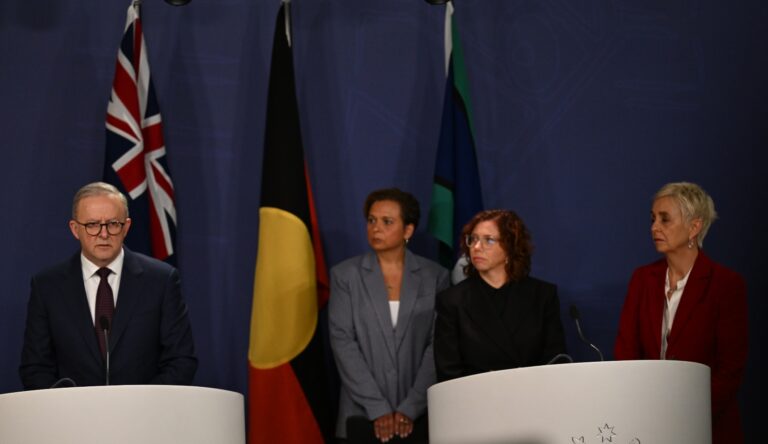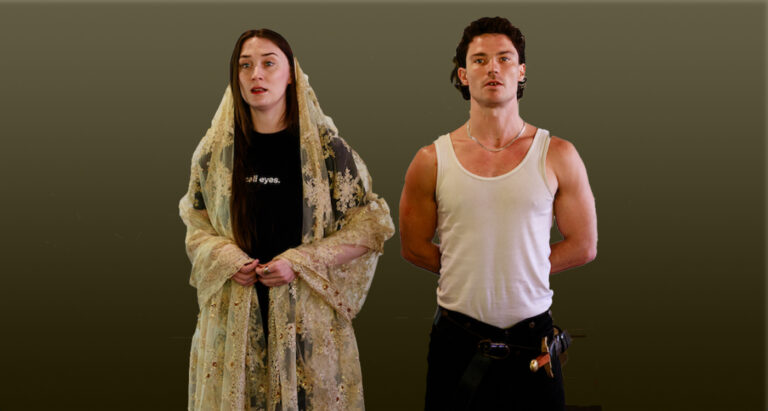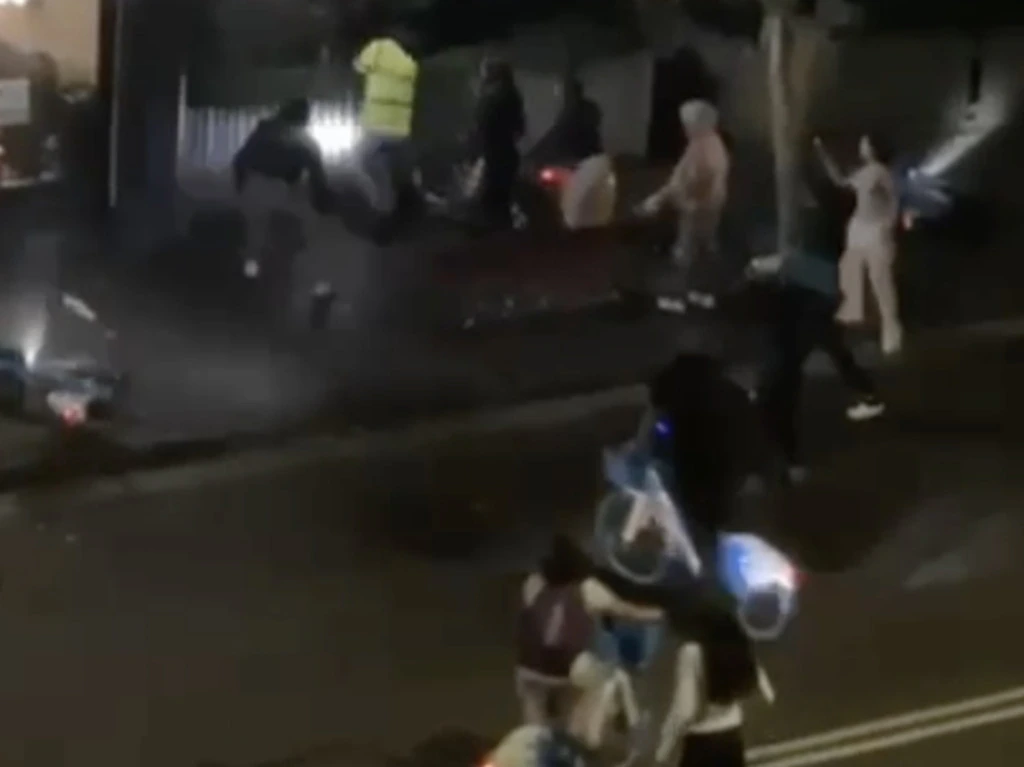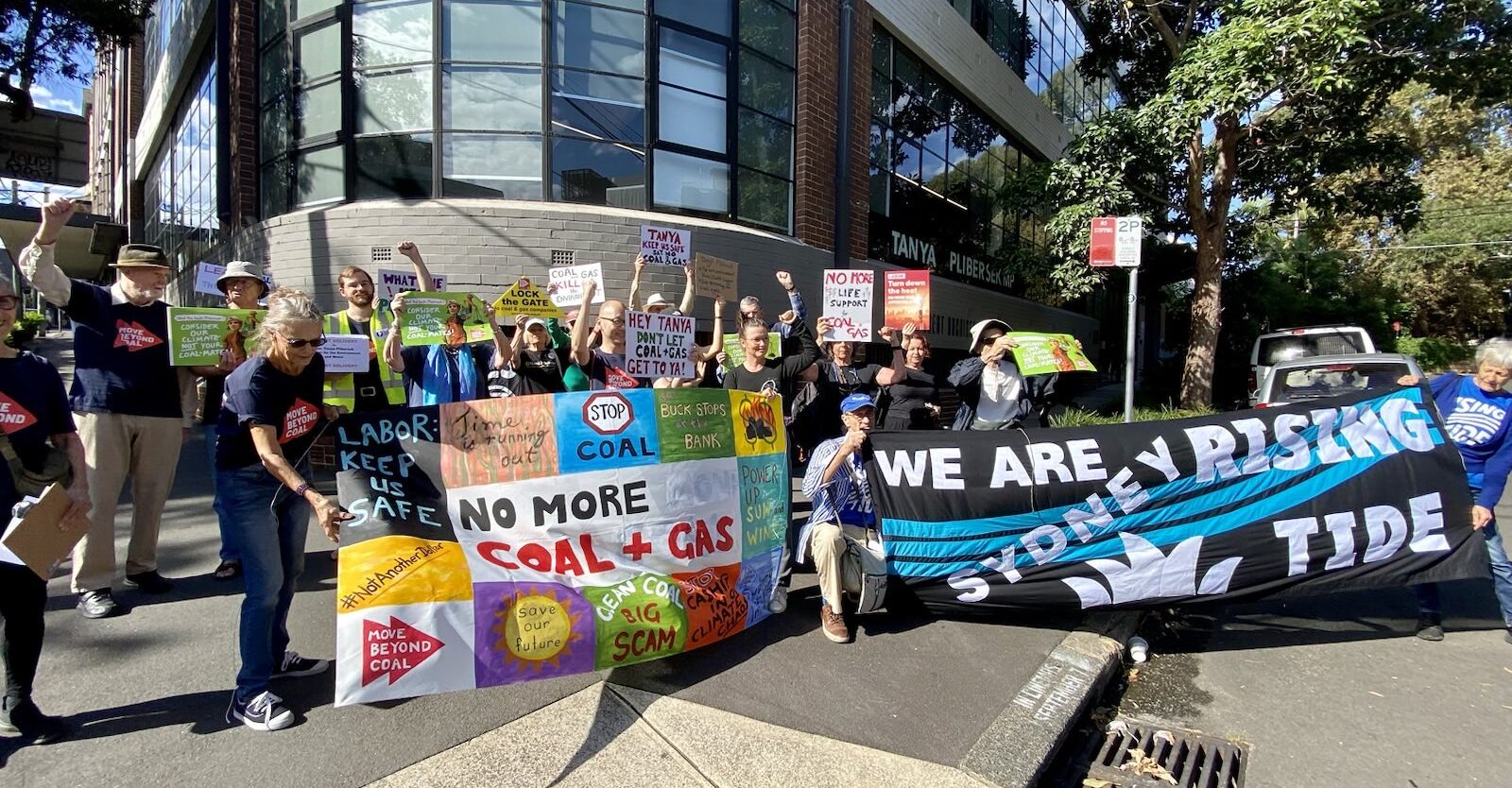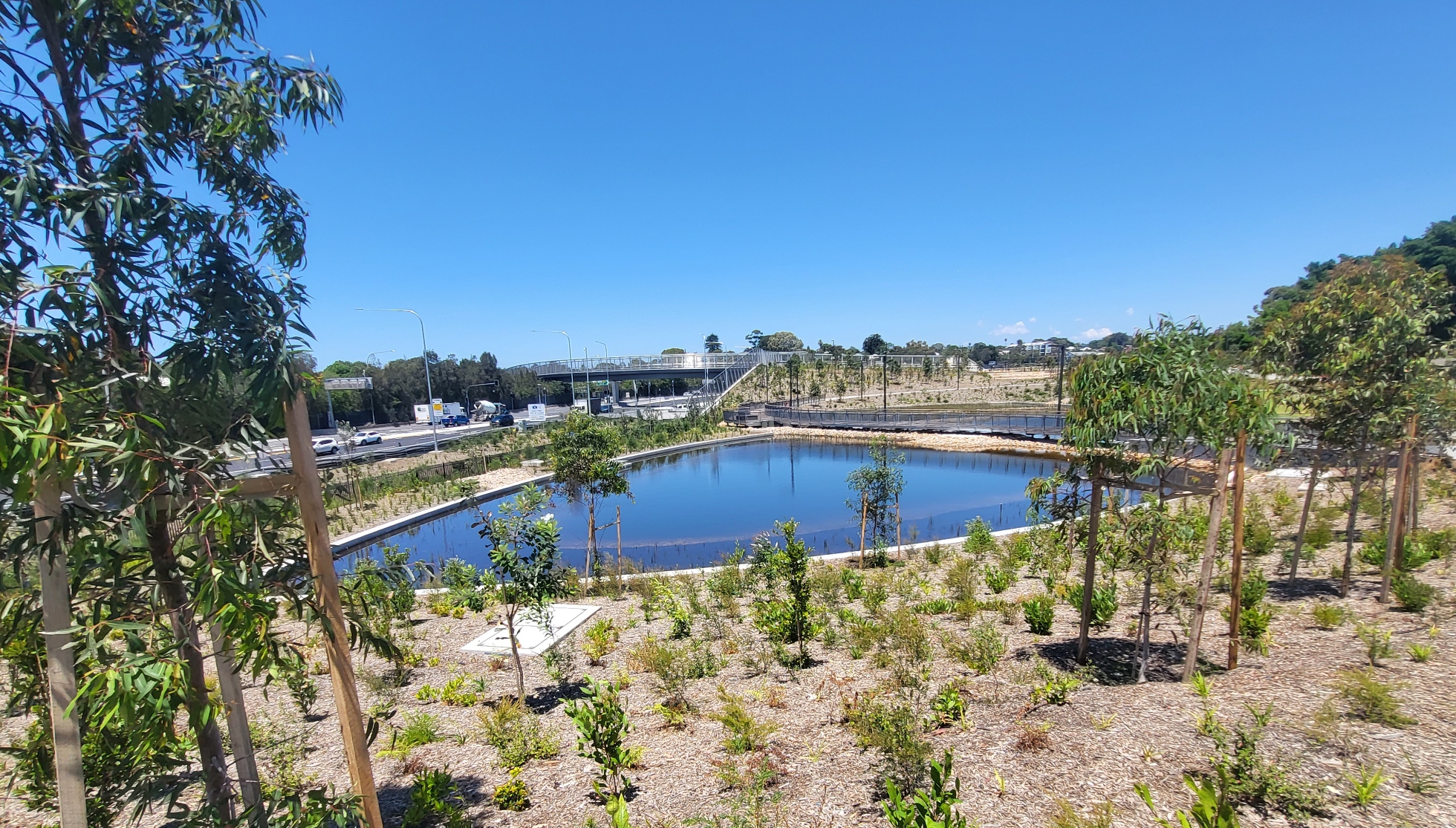
High school students appreciate Indigenous and migrant stories, the ANZACs less so
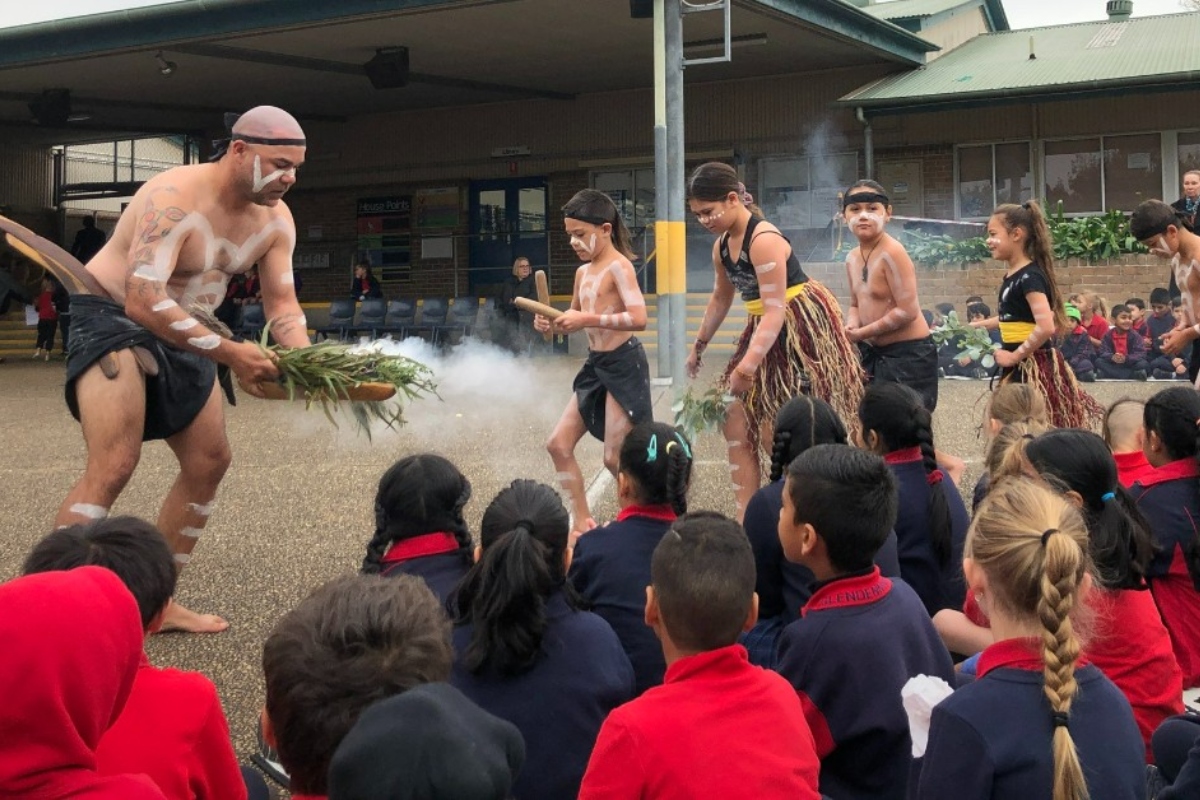
Image: Image: Department of Education/Facebook.
By JUSTIN COOPER.
Student interest in Australian history has shifted with many now eagerly exploring local history through Indigenous, refugee and migrant stories, according to a recent study. Interest in traditional narratives including the First Fleet and ANZAC history have waned.
This research by Western Sydney University, found 60% of students aged between 12 and 18 were interested in the analysis of primary sources that address gaps and ambiguities within timelines – with the Stolen Generations and refugee stories being of high interest.
The study’s authors, Dr Kay Caroll and Kate Littlejohn, explored the impacts of COVID-19 on historical consciousness. They discovered the social and peer isolation of students has evidently shifted engagement towards stories which have personal reflection and can be connected to student’s identity.
Dr Kay Carroll explained that high school students now prefer to empathise and understand figures victimised by historical framing. They appreciate being to “see their own perspectives as shaped by history”, Dr Carroll said.
“Students really engage more deeply when presented with meaningful historical challenges that allow them to use multiple sources and connect them to own sense of identity”.
“This means seeing history as a bit of an active process, an ongoing debate and interrogation. It is not undisputed facts and dates. There is contingency and contention,” Dr Carroll continued.
Decline in traditional narratives
Teachers have addressed these shifts by prioritising primary sources which “critique events from empathetic and informed standpoints”, Dr Caroll explained.
“In Australia our historical rhetoric has centred on mythologising Anzac and the ongoing denial of conflict, genocide, and dispossession. In this study, we see this is largely rejected by history teachers, and their students,” Dr Caroll said.
With 33 percent of students still connecting with traditional narratives, students with Indigenous or migrant backgrounds that engage in challenging these narratives have found “a powerful form of inclusion”, according to Dr Caroll.
The survey included 678 students and 39 primary and secondary teachers across Australia. Participants were also from a variety of schools including government, non-government, Catholic and college schools.
City Hub spoke with Sydney University lecturer and co-ordinator of HSIE Secondary Curriculum with Sydney School of Education and Social Work, Dr Claire Golledge, on the potential of utilising the study towards future curriculums and encouraging student learning.

